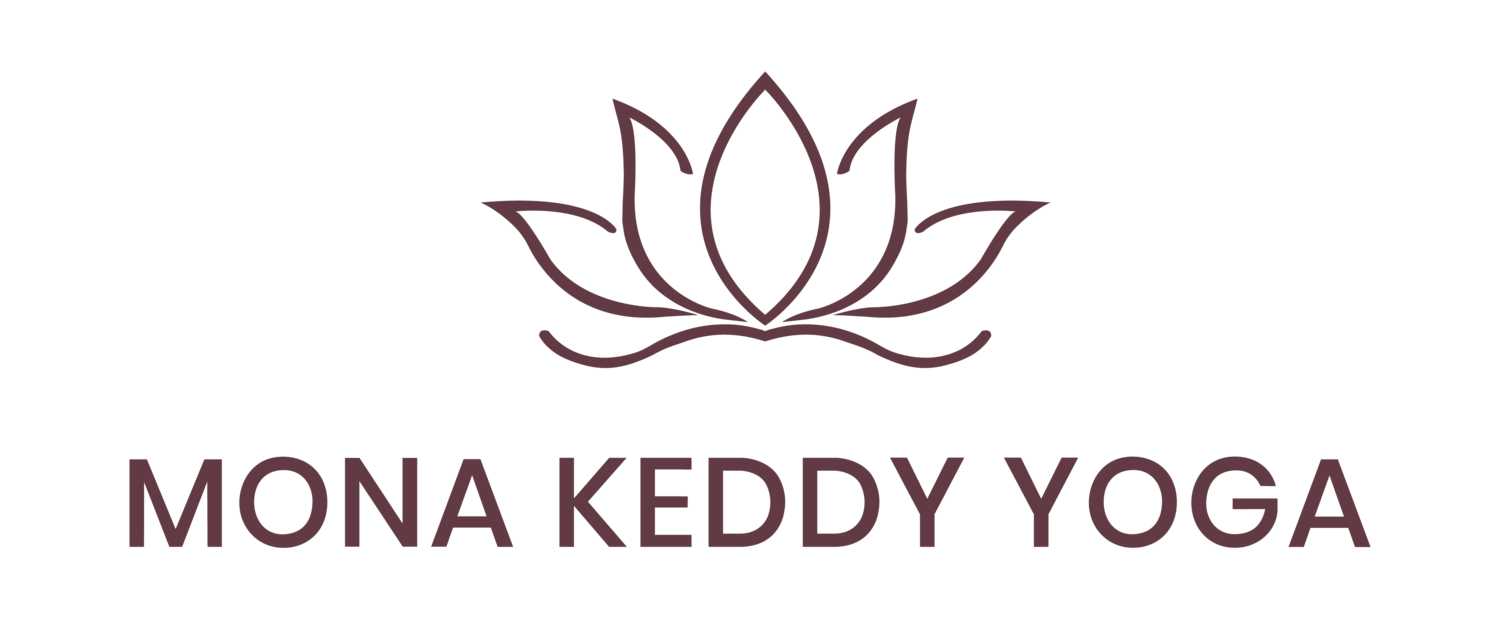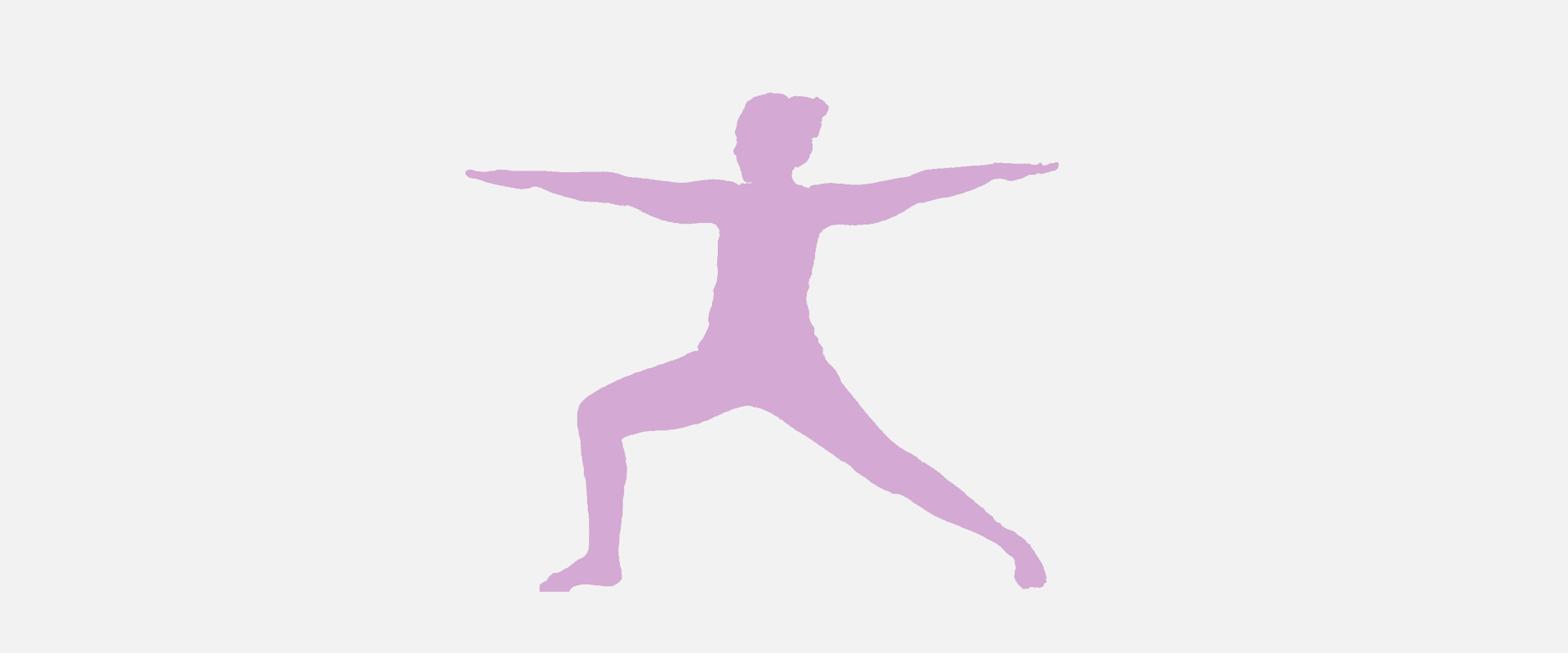Anatomy of a Program: YTT 2016-17
September 23, 2016
I started teaching my first solo teacher training this past weekend and welcomed a group of dedicated yogis interested in deepening their knowledge and experience of yoga. The preparation for it got me to review my own experiences in teacher training programs.
Over my twenty years of yoga practice, I have taken five different teacher training programs. Each one began with a similar feeling of excitement tinted with a hint of trepidation. Each one ended with an acknowledgement of the vastness of the tradition and a deepening desire for study and practice. Each one gave me unique experiences, particular insights and was rich in opportunity for personal reflection and growth. Each one was valuable beyond measure. The preparation for this course involved the distillation of learnings from these other trainings, from my own practice and from my study of yoga philosophy. It was augmented with insights arising from conversations with others yogis and yoga teachers.
Driving my preparation and delivery of the teacher training program is a deep desire to share my approach to practice and teaching. It is the same desire that fuels participation in teacher training programs. It is a fundamental human impulse to awaken to our true nature, to learn, to know and to grow. It is this fervour that moves us to square our front leg in Virabhadrasana II, to push into Urdhva Danurasana and to sit in meditation. This desire takes us into places of vulnerability and discomfort that yield personal transformation. It forces us to confront our fears on an abstract level and, on a tangible level, it compels us to submit our application for yoga teacher trainings. When we know our passion and follow its impulse, we engage in a creative process that takes the conceptual, filters it through our lived experience, and makes it personal. It is a practice of becoming more and more aligned with our core reality. As a result, teacher training is not a process of augmentation, rather, it is a process of creatively revealing what is already present within each one of us. We are brought to life through this alchemy. This is yoga.
Intention flows out of that current; from the atmosphere I wanted to build as the group came together, from the tone I wanted to set, to the balance I wanted to strike between sensitivity and rigour and to space I wanted to create for students to explore the inner dimension of their being. The yoga tradition speaks about the value of intention. Sankalpa is the core intention of the seeker; it is desire stripped of pretence. Here, various aspects of the self merge into one seamless whole, free from the tension of conflicting and competing false selves.
At the beginning of this initial weekend, trainees were asked to set a Sankalpa for the training. This intention was to clarify and affirm the direction of their effort toward self-realization. Their intentions and mine were then honoured in an opening ritual. As the weekend unfolded, it became clear that teacher and students were co-creating a reality rooted in mutually informed commitments and intentions. The seed of a new paradigm had been planted – one that would come to fruition in the months ahead. Glimpses in practical terms over this weekend were seen when questions about asana and anatomy referenced yoga philosophy and the subtle (energetic) body. As the teacher, this was very exciting!
And what better way to plant the seed of intention than with standing poses! Our asana practices and discussions revolved around the standing pose syllabus, giving a voice to their qualities and the impact of their practice. We acknowledged how these poses form the foundation of the asana practice and how struggles in advanced poses can often be traced back to a lack of assiduousness in these foundational ones. We discussed how the intensity of the revolved standing poses can bring up our inner tendencies to strive or to give up in an effort to avoid the present moment.The asana practice as a whole is designed to highlight our tendencies and show us how these tendencies may interfere with the deeper desire for wholeness. The standing poses lay the groundwork for an inner stability that roots us in the moment to moment experience of life’s expressions. What better way to start the teacher training!

